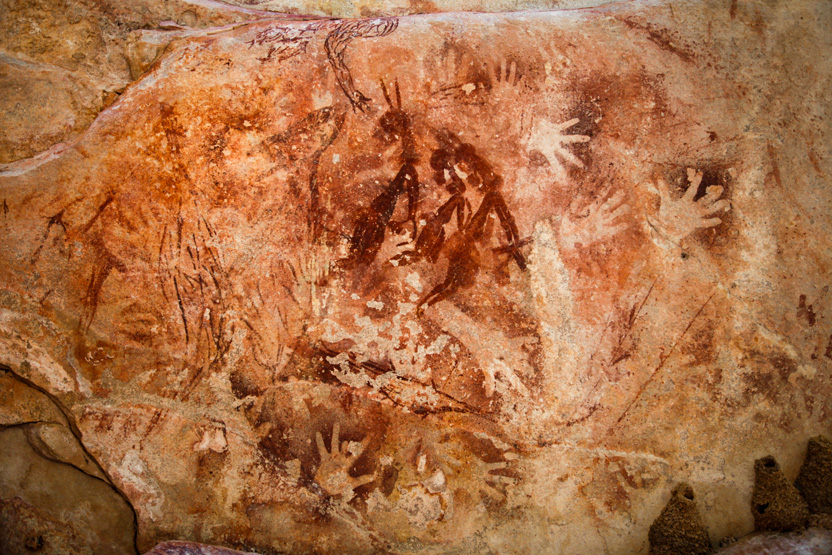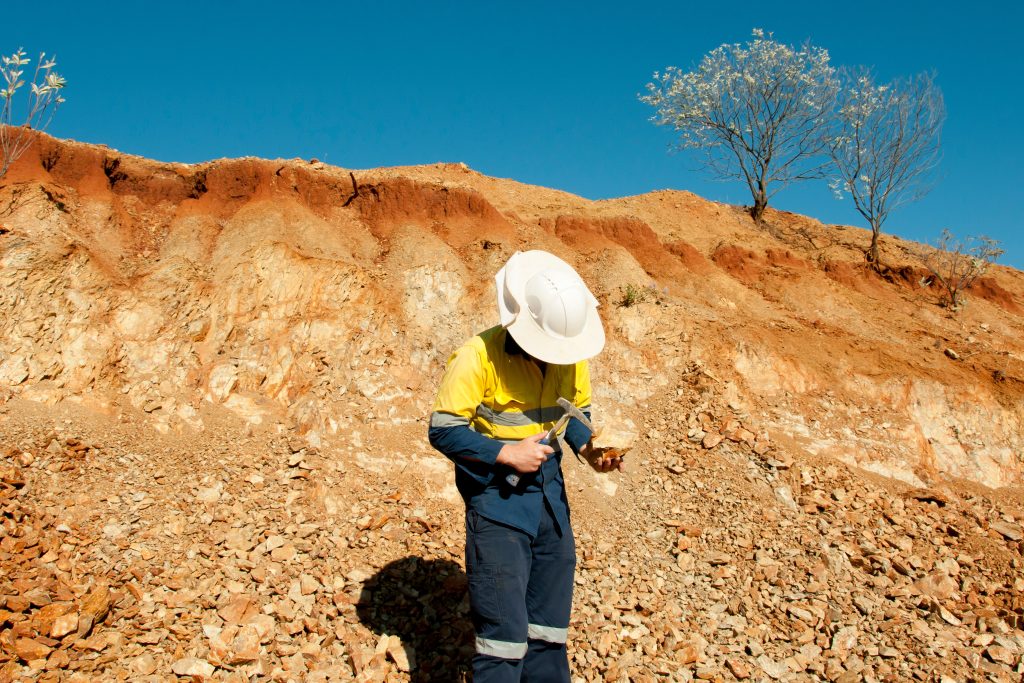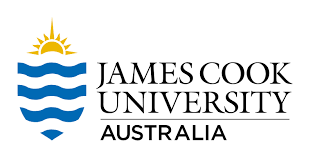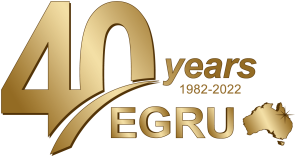The Australian Academy of Science is calling for applications for the Aboriginal and Torres Strait Islander Scientist Award.

The Academy has recently broadened the award’s remit to also include research
support of up to $20,000.
The award recognises research in the physical and biological sciences conducted by outstanding Aboriginal and Torres Strait Islander PhD students and early- and mid-career scientists. It allows interdisciplinary and sociocultural research that could straddle the social sciences and humanities.
The aim is to support the recipients’ research and/or the expansion and growth of their research networks and international knowledge exchange through visits to relevant international centres of research.
Awards are for up to $20,000, with additional support provided to attend the Academy’s annual Science at the Shine Dome event.
The deadline for the 2023 round of applications is 11:59 PM (AEST) on Wednesday 1 June 2022.
For enquiries, please email the Awards team.
Welcome to the first employment survey for 2022.
Follow this link to complete the survey.

The opening of the survey for contributions has been delayed from earlier in April due to the Easter and ANZAC Day holidays throughout Australia.
Geoscientist unemployment in Australia increased during the final quarter of 2021, from a historic low of 1.8% for the September quarter, to 6.3% at year’s end. Underemployment amongst self-employed geoscientists, however, continued to fall from 6.0% to 3.5% for the same period.
The increase in the unemployment rate appears inconsistent with anecdotal impressions of buoyant conditions in exploration and mining across most commodities.
The first quarter of each year has historically been a survey in which both unemployment and underemployment have increased due to the impacts of a seasonal slowdown in exploration activity during the January holiday period and land access problems created by the northern Australian wet season.
The December 2021 survey was the first to collect remuneration data. Analysis of these results is being completed and results will be announced soon. Watch AIG News and the Institute website for details. We will be asking these questions and presenting results annually.
The survey does not collect any personally identifiable information and only takes about two minutes to complete. Please take time to complete the survey and encourage colleagues and friends to also contribute. You do not need to be an AIG member to contribute, just a geoscientist working or seeking work in Australia.
The survey will be open for contributions until Sunday, 22 May. Please contribute today – every response makes a difference. Follow this link to complete the survey.
Adrian Mark Brewer (MAIG) passed away on the 24th January, 2022 aged 66 years young. He died at home after a long battle with cancer surrounded by family.
Adrian was well known in the geological circles of Australia and such was his courage that he was still doing field work on the Eyre Peninsula in November 2021. Many people did not realise the fight he was having.
Adrian graduated from the University of Adelaide in 1978 after completing an Honours Project on the Parabarana Copper Deposit in the Northern Flinders Ranges. This led to a love affair with this region that will culminate with his ashes being scattered on Parabarana Hill.
Adrian worked with many companies in the Flinders and would often seek out work that was going in the area. He worked throughout Australia and was part of teams that discovered the Mt. Leyshon Gold Mine, the Lucky Draw Gold Mine, the Weda Bay Nickel deposit and the Oakdale Graphite deposit. His work on Halmahera, Indonesia, on the Weda Bay deposit was remarkable. He had to go out to Halmahera on his first trip in a dugout canoe and then organise a place to sleep in the small village. He initially started walking and sampling whilst getting the project underway. A massive undertaking. He became the village “helper” explaining the various medicines delivered by WHO and what they were for. His introduction of a generator resulted in the purchase of a satellite TV by the locals with children rapidly learning English from the numerous shows delivered.
In Australia Adrian liked nothing better than organising and managing drilling programmes. He was in his element and loved being in the bush, the wilder the better.
We will all miss Adrian Mark Brewer.
The following tribute was read at Adrian’s funeral.
Adrian,
Well mate, it is hard to put 46 years into five minutes. Most things were said in the hours we talked at Calvary. Our goodbyes completed.
There are not too many places in Australia that we haven’t worked together and I guess it started in the northern Flinders Ranges and finished in the northern Flinders Ranges. In between is now a blur. We can throw in Indonesia, New Zealand and China and I`ve probably missed some. I remember saying to you, “boy, have I got a great job for you” , and you saying “yeah where?”. My reply was “China, and it will be like a big holiday”. I won`t put into print your reply, but off you headed.
We were lucky that we spent years together working in God’s own country as you would say. You loved to be in the bush and liked it even better if you could be sitting on a drill rig. I have to tell you, most drillers were not your best mates as you drove them berserk with your high standards.
You got used to telling me what plant was what and your knowledge of what we walked through used to amaze me. Good times with very few arguments and only very few amiable disagreements. We spent a lot of time sitting and talking about your three children and my four. I wonder if they knew that? From their ups and their downs and their heartbreaks to their greatest achievements.
Will and Jim, I know, treasure the time spent working with you. Peter and Rowan I`m sure have their own stories and I know you would have plenty to discuss with all of us. We won`t be going to Charters Towers, Coober Pedy, Broken Hill, Weda Bay or the untold number of other localities we spent time together anymore. Working and talking.
So long mate, it has been my pleasure to know you.
53 – Amalgamated Aardvarks Being Funded by Hope and Narrative with Rick Rule

In this episode, our guest is Arthur Richards “Rick” Rule IV, better known as Rick Rule. He needs no introduction. If you don’t know who Rick is, Google him. There’s a good chance Google was invented purely for searching for Rick Rule and his many achievements.
Furthermore, if you want to know what Amalgamated Aardvarks are, you won’t find that through Google. You will just have to listen to the episode.


James Cook University (JCU) is the leading Australian University in tropical North Queensland, with strong geology, geochemistry and environmental programs supported by world-class analytical facilities. JCU is looking for strong students to undertake their PhD within the College of Science and Engineering on the
projects listed.

Applications for fully-funded PhD opportunities (tuition + stipend) for the start of 2023 are being offered through a competitive scholarship scheme open to both international and domestic students. For more information, follow this link.
Scholarship application deadline for this program is due by 31 July 2022, but we encourage you to contact us well in advance.
In addition, we have a small number of PhD scholarships that we are looking to fund immediately through the W.R. Lacey Scholarship Fund with the possibility of a mid-2022 start is possible.
More details on Faculty and Staff in Earth Sciences
If you are interested, please contact EGRU (egru@jcu.edu.au) with your CV and a Cover Letter indicating your project(s) of interest and background.
